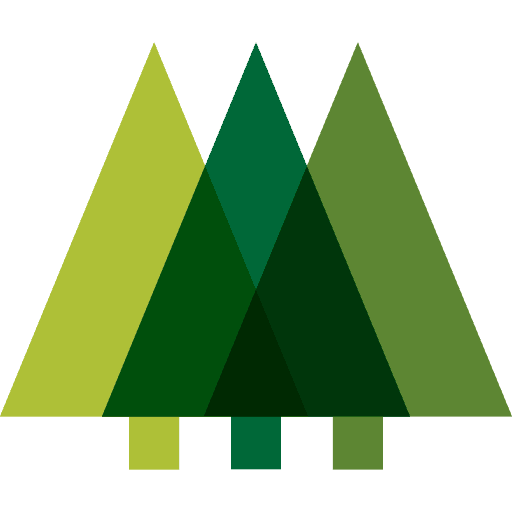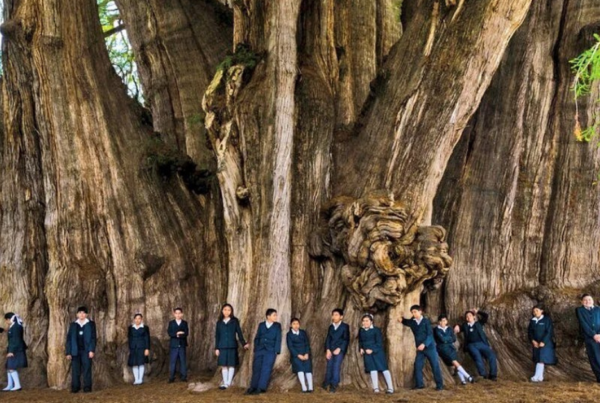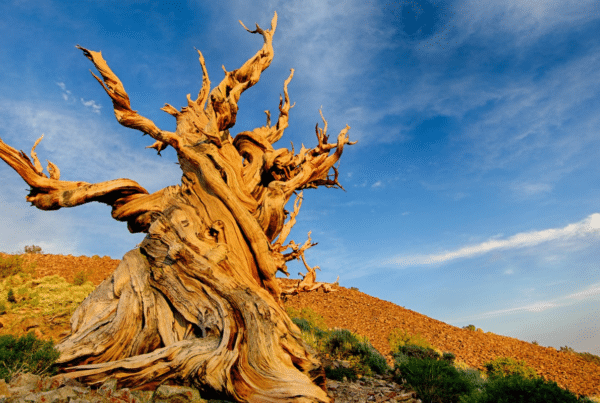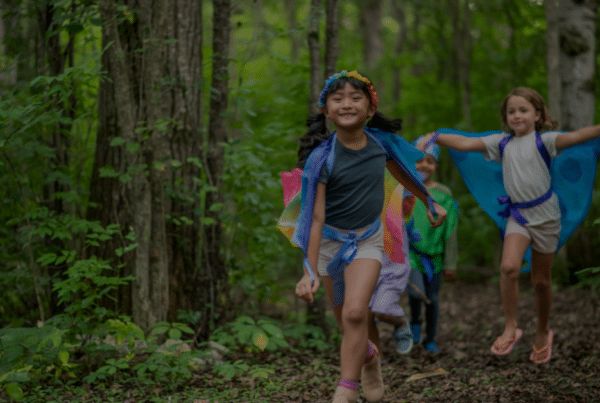Here at Stand For Trees, we spend a lot of time working to save our forests. We often get so busy that we forget our reasons for doing it! So we thought it would be nice to take a little interlude to remember why we do what we do.
So why tropical forests? Well, to begin with, forests cover about a third of the earth’s landmass. The Amazon rainforest in South America, for example, extends over 8 countries and covers more than 2 million square miles. They are massive ecosystems that have a huge impact on the planet. They produce oxygen, absorb carbon dioxide, mitigate climate change, and are home to many plants and animals.
Unfortunately, with expanding agriculture and industry, forests are disappearing at an alarming rate. According to Global Forest Watch, we lost 11.9 million hectares of tropical forests in 2019 alone[1]. Similar studies have estimated that we are losing 40 football fields of forest every minute of every day[2].
Forests Are Good For Human Health And Well-being
Japan introduced the practice of shinrin-yoku, or “forest bathing” to the world. According to a 2010 study published in Environmental Health and Preventive Medicine, spending time in a forest gives people a sense of peace and relaxation, and also boosts immune system activity[3].
Trees and plants also contain essential oils that protect them from bacteria and insect predators. Breathing in these oils increases the production of protective cells in humans, which target viruses and other diseases.
1.
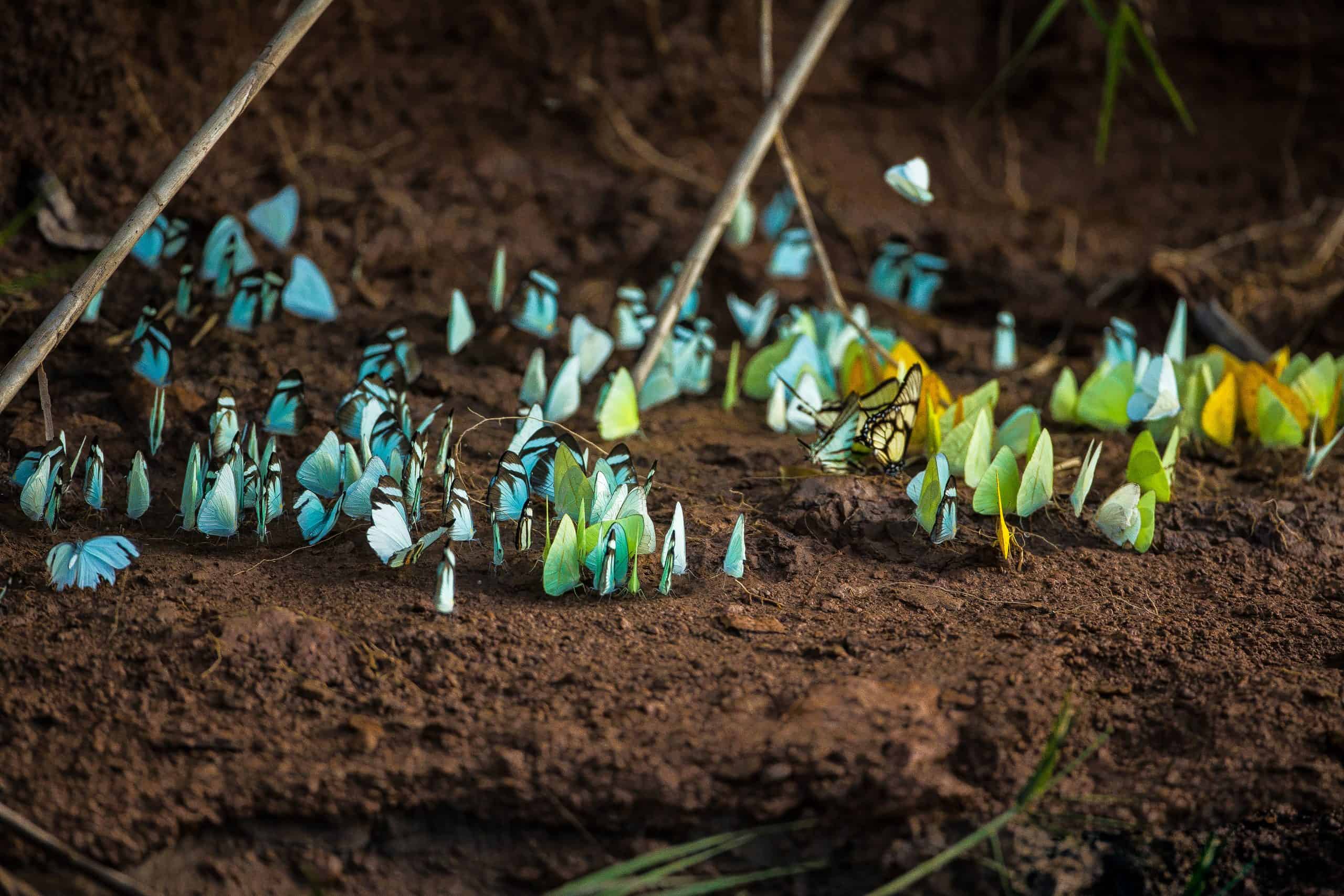
2. Forests Protect Biodiversity
Tropical forests are home to at least two-thirds of the world’s biodiversity, even though they cover less than ten percent of the planet[4]. These include species that we have not even discovered yet – and whose potential value is still unknown. This is what we call biodiversity, and it is crucial to life on Earth.
Each species plays a special role in maintaining ecosystems, nourishing soil, cleaning the air and water, and providing food and other resources. For example, many medicines are derived from plants that are only found in old-growth forests.
Forests Save Endangered Species
As forests shrink, more and more species are at risk of extinction. In fact, the IUCN suggests that approximately 15,000 vulnerable and endangered species live in tropical rainforests and subtropical forest habitats. And it’s not just deforestation that puts them at risk: many areas suffer from ongoing forest degradation. Over time, that adds up to a severely damaged ecosystem, and creates more opportunities for deforestation.
Forest gorillas, chimpanzees, gibbons, jaguars, harpy eagles, and toucans are just a few examples of species whose survival depends on healthy forest ecosystems.
3.
4.
Forests Provide Livelihoods
Forests are not just home to wildlife. They also provide homes and sustainable livelihoods for local communities around the world. Indigenous peoples like the Miskito and Mayangna have lived in the forests of Central America for millennia. And millions of people live next to forests and depend on them for income or natural resources, like fruit, timber, coffee beans, or tree sap.
That’s also why forests are so critical to achieving the world’s Sustainable Development Goals.
Forests Absorb Greenhouse Gases
All plants take in carbon dioxide and release oxygen back into the air during photosynthesis. Living forests absorb and store a huge amount of carbon, using it as a nutrient. According to a study published in Science, tropical forests hold more carbon than humanity has emitted over the past 30 years by burning coal, oil, and natural gas[5]!
When trees are cut down, all of their stored carbon is released back into the atmosphere, worsening climate change. It’s why the United Nations created the REDD+ model that we use. REDD stands for Reducing Emissions from Deforestation and Degradation, and it puts a financial value on carbon sequestration. That’s what allows us to change the economic drivers of deforestation that lead to forest loss.
5.
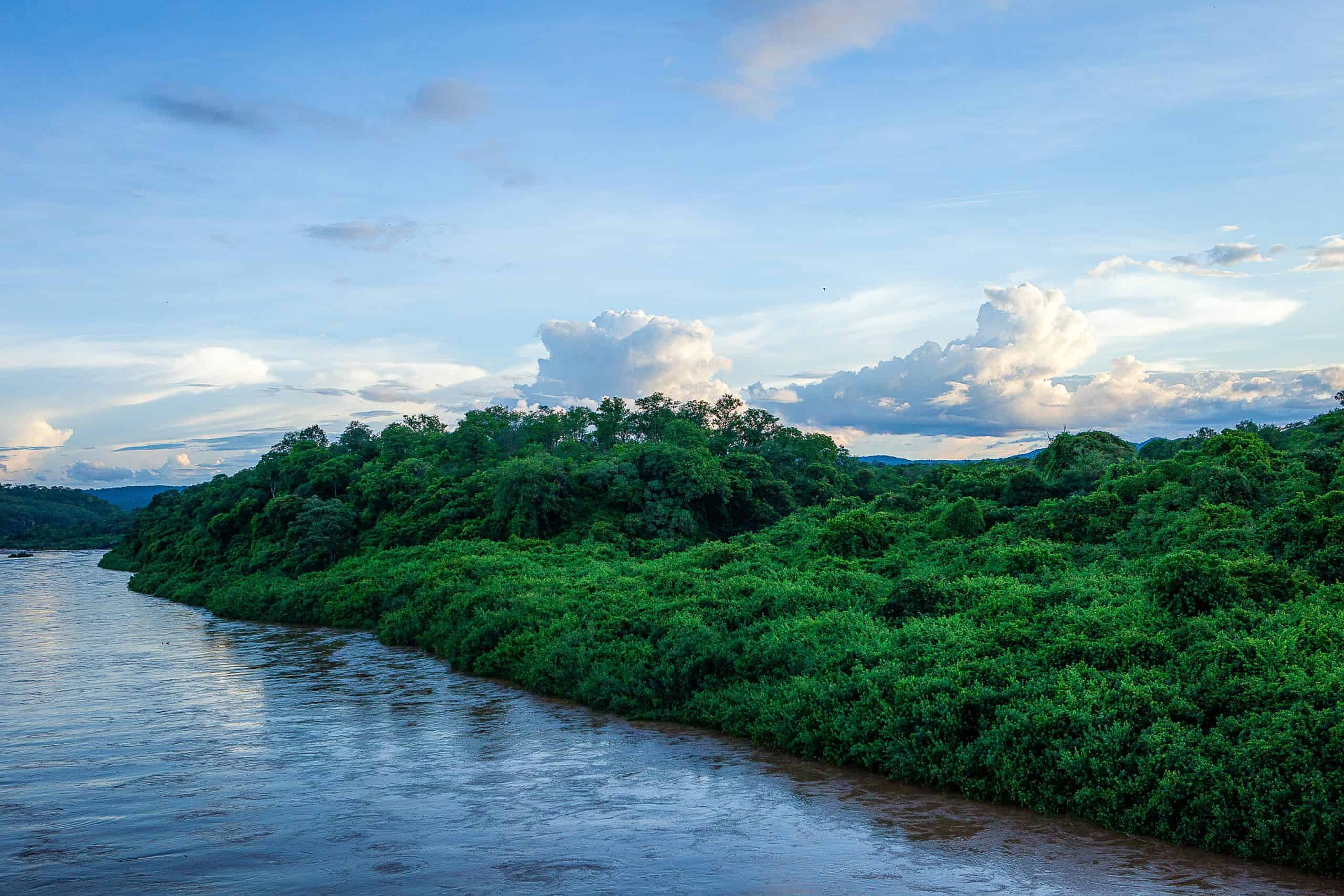
6. Forests Help To Clean The Air
If you’ve ever walked through a forest and taken a deep breath, you may have noticed that the air seemed fresher and more satisfying than city air. That’s because trees act as filters. They absorb gases like nitrogen oxide and ammonia and trap particles within their leaves. They also absorb many odors, leaving only their natural oils to scent the air. In case that wasn’t enough, trees also decrease air pollution by providing shade that cools the ground. Isn’t the natural world wonderful!
Forests Protect The Water Supply
Forests play an important role in saving water. When rain falls into a forest, the canopy keeps water from evaporating immediately. The dense root system also ensures that the water soaks into the soil. There, it can trickle into the groundwater supply, rather than immediately pouring into a stream. Of course, that increases the risk of flooding. But to make matters worse, the water is immediately lost to the river (and eventually to the ocean). On the other hand, refilling groundwater creates a reliable water supply for humans and animals living near the forest.
7.
8.
Forests Stabilize The Soil
The deep and complex root systems of a natural forest play a key role in the water cycle. But that’s not all: they also protect the soil from erosion. Without forest plants and stabilizing roots, topsoil could be blown away by wind or washed away by rainwater. Soil erosion is dangerous because it fills waterways with soil. This is not just harmful to river ecosystems, but it can also increase the risk of flooding, plus ruin farmland.
Forests and rainforests protect our planet in many ways and provide a host of benefits for human life. But they need our protection.
At Stand For Trees, that’s the heart of our work.
When you support one of our forest conservation projects, your money goes directly into creating a positive alternative to deforestation. By protecting our forests, we’re making an investment in the future. And we’re providing a safer and healthier world for our children and grandchildren.
Click here to support one of our projects now.
References:
[1] https://www.wri.org/blog/2020/06/global-tree-cover-loss-data-2019
[2] https://www-staging.nationalgeographic.com/news/2018/06/tropical-deforestation-forest-loss-2017/
[3] https://link.springer.com/article/10.1007/s12199-009-0086-9
[4] https://www.pnas.org/content/114/23/5775
[5] https://www.sciencemag.org/news/2020/05/tropical-forests-soak-huge-amounts-greenhouse-gas-climate-change-could-end

